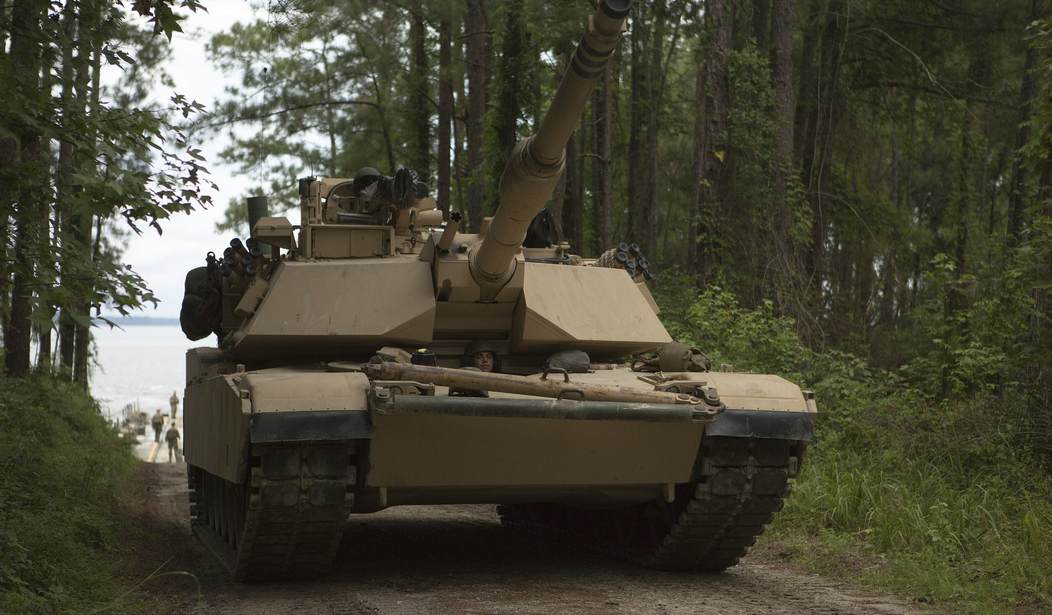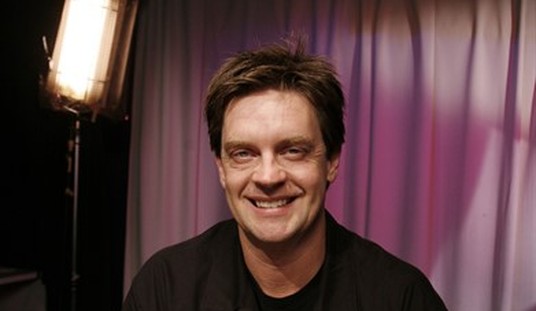Concerns about a possible Russian invasion of Ukraine have Presidentish Joe Biden considering sending thousands of troops to Eastern European NATO members.
The New York Times reported early Monday that Biden is weighing whether to send “several thousand U.S. troops, as well as warships and aircraft, to NATO allies in the Baltics and Eastern Europe.”
Senior Pentagon officials presented Biden with options to send from 1,000 to 5,000 troops to post-Cold War NATO members like Poland, Romania, and the Baltic States. The plans include the “potential to increase that number tenfold” in case of war, according to officials who spoke anonymously to the Times.
Russia has deployed as many as 100,000 troops near its Ukraine border. Some of those troops are stationed in neighboring Belarus, a former Soviet republic that has come under increasing control by Moscow in recent years.
Should Biden give the go-order, it would stand in stark contrast to the virtual green light he gave to Russian strongman Vladimir Putin in a stumbling press conference last week.
“It’s one thing,” Biden told reporters on Wednesday, if Russia indulges in “a minor incursion and then we have to end up having to fight about what to do and not do, etcetera.”
The message Biden conveyed last week, I wrote then, is that the administration “doesn’t have any clue what they’d do if Moscow decided to snip off another piece of Ukraine for themselves.”
The message sent by this anonymously-sourced story is that, almost a week later, Biden still hasn’t decided whether to maintain the status quo, strengthen our forward NATO presence, or super-strengthen our forward NATO presence.
Other NATO members are chipping in, according to the Western alliance’s latest press release:
A number of Allies have made announcements regarding current or upcoming deployments. Denmark is sending a frigate to the Baltic Sea and is set to deploy four F-16 fighter jets to Lithuania in support of NATO’s long-standing air-policing mission in the region. Spain is sending ships to join NATO naval forces and is considering sending fighter jets to Bulgaria. France has expressed its readiness to send troops to Romania under NATO command. The Netherlands is sending two F-35 fighter aircraft to Bulgaria from April to support NATO’s air-policing activities in the region, and is putting a ship and land-based units on standby for NATO’s Response Force.
None of these deployments could be described as “major.”
Recommended: First Barack Obama in Syria, Now Joe Biden in Ukraine: Mumbling Their Way Into War
The big unknown is: What those extra soldiers, sailors, airmen, and marines would actually do.
NATO started beefing up its deployments to Eastern Europe following Russia’s illegal 2014 annexation of Ukraine’s strategic Crimea peninsula in the Black Sea. Politically, however, the alliance hasn’t taken a definitive stand regarding Ukraine.
As a purely defensive alliance, NATO members are probably ill-suited to rally to the defense of a non-member.
Biden has yet to clarify the U.S. position, nor has he summoned other NATO leaders to demonstrate alliance unity.
I’ve long maintained that Russia wouldn’t try an outright conquest of Ukraine “because trying to digest Ukraine whole would cause Moscow far too much financial stomach upset.”
But between the Biden Administration’s extemporaneous bumbling and NATO’s lack of political — not to mention military — preparedness, there’s no telling what Putin might try to get away with.
PJ Media’s own Richard Fernandez wrote last week that Putin’s “main hope is that his opponent will make a mistake.” A “mistake” in this case would be negotiating a political solution favorable to Putin — one that he could never hope to achieve by force of arms — for fear of somehow “provoking” a Russian invasion.
So stay tuned, because at this early date, Russian and NATO moves are mostly about manipulating public perceptions, with poor Ukraine stuck in the middle.
The difference between the two sides is that Putin at least thinks he knows what he’s doing, while the Biden Administration seems not to have thought at all about the Eastern European powder keg before last week.









Join the conversation as a VIP Member